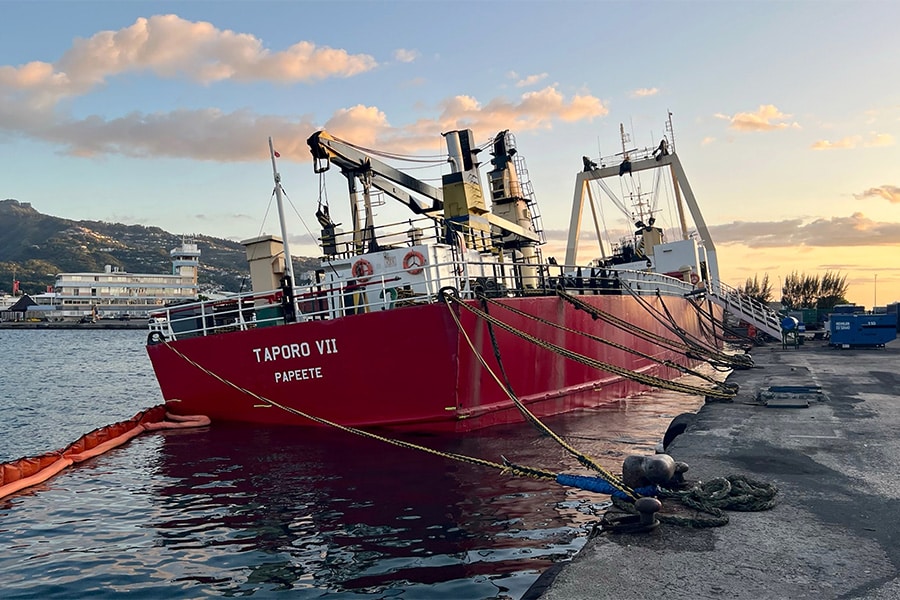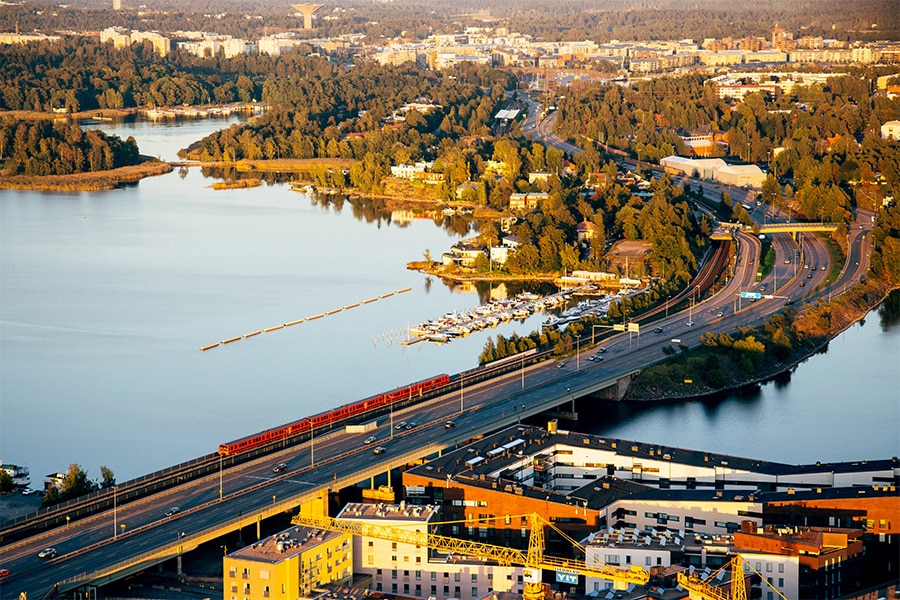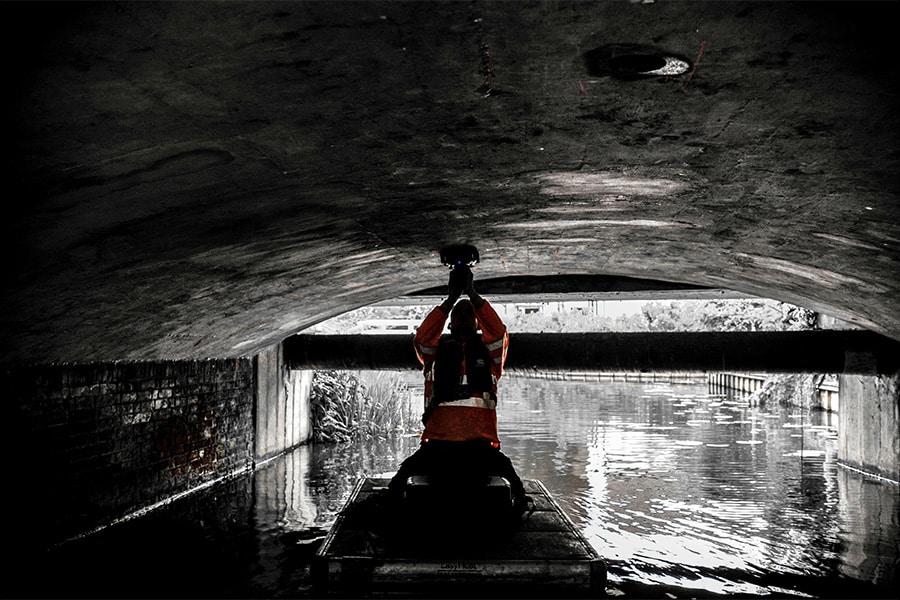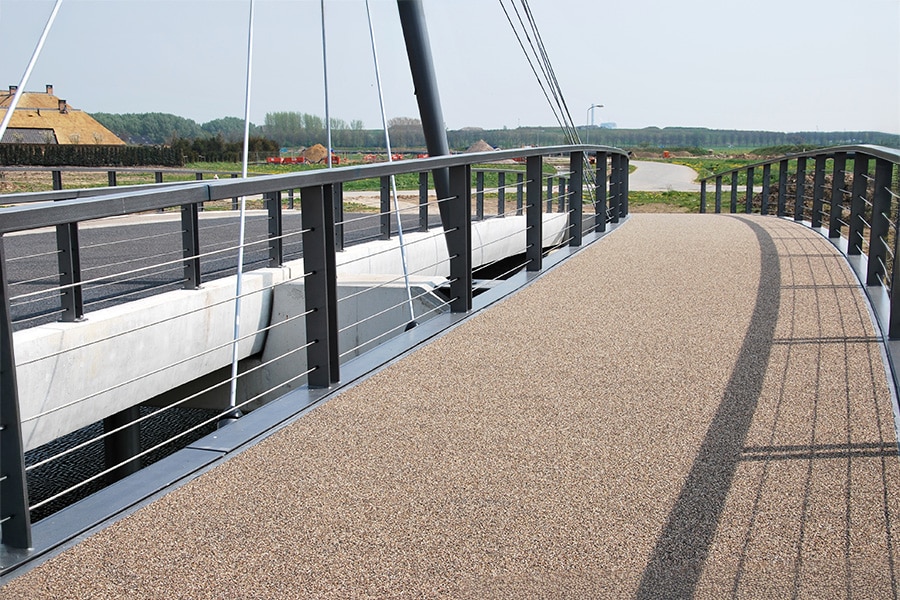
Concrete bicycle parking over water to project site
On the north side of Amsterdam CS station, the IJboulevard, a 6,000 m2 pedestrian area along the IJ, is being constructed on behalf of the City of Amsterdam. One project component is the construction of a bicycle parking facility under the water. The framework of this storage facility, which will offer space for 4,000 bicycles, is formed by three colossal concrete caissons. These elements were transported by Strukton Immersion Projects from a pre-construction site using tugboats to the project site and installed here with great precision.

For more than 30 years, Strukton Immersion Projects has been the specialist within Strukton Civiel for raising, transporting and sinking tunnel elements and caissons. "On behalf of main contractor Van Hattum en Blankevoort, we took care of the transport and installation of the three elements of the bicycle parking facility," says project manager Robbert Martens on behalf of Strukton Immersion Projects, which was involved in the project right from the tender and worked closely with Van Hattum en Blankevoort from the very beginning. Facts that contributed to a prosperous operation. "However, the main key to the success lies in the extensive expertise present within our company," Martens believes. "By combining mutual knowledge and expertise at an early stage, we arrived at a tremendously beautiful end result."

Floating box
The three U-shaped caissons - each 30 meters wide, 6 meters high and varying in length between 70, 85 and 90 meters - were built by Van Hattum en Blankevoort at an external pre-construction site in Amsterdam's western harbor area. The civil specialist also screwed the necessary foundation piles for the bicycle shelter into the bottom of the IJ River on the Ruijterkade. Then it was the turn of Strukton Immersion Projects. Martens explains the feat delivered late last year. "In addition to installing various towing and pulling provisions, we sealed the ends of the three elements with temporary watertight steel bulkheads for transport purposes. This created, as it were, a box that could float. Then the complete construction was driven onto a pontoon. By weighting this pontoon with water, it got deeper and deeper. Finally, the pontoon sank below it and the element started to float. Over a period of a week, the three elements were driven one-by-one onto the pontoon, made floating and towed to a temporary mooring site. Two weeks later, we were able to begin the 12-kilometer transport by water through the Amsterdam Port area."
Known territory
Once they arrived at the project site, the caissons were positioned above the foundation with the utmost precision. By then filling the elements with ballast, they were accurately sunk onto the foundation piles. After the elements were placed one-by-one on the piles, 1 meter of space remained between the elements: the "closing joints. With external bulkheads these closing joints were closed and pumped dry. In this dry space, the last piece of concrete work could be realized, making the three separate elements one large structure. The final piece of a beautiful project in familiar territory, it turns out. "Ten years ago we were also active in the waters around Amsterdam Central," Martens looks back. "At that time it involved sinking subway tunnel elements for the North/South Line. We were able to apply the experience gained from that in a nice way within the current project."



